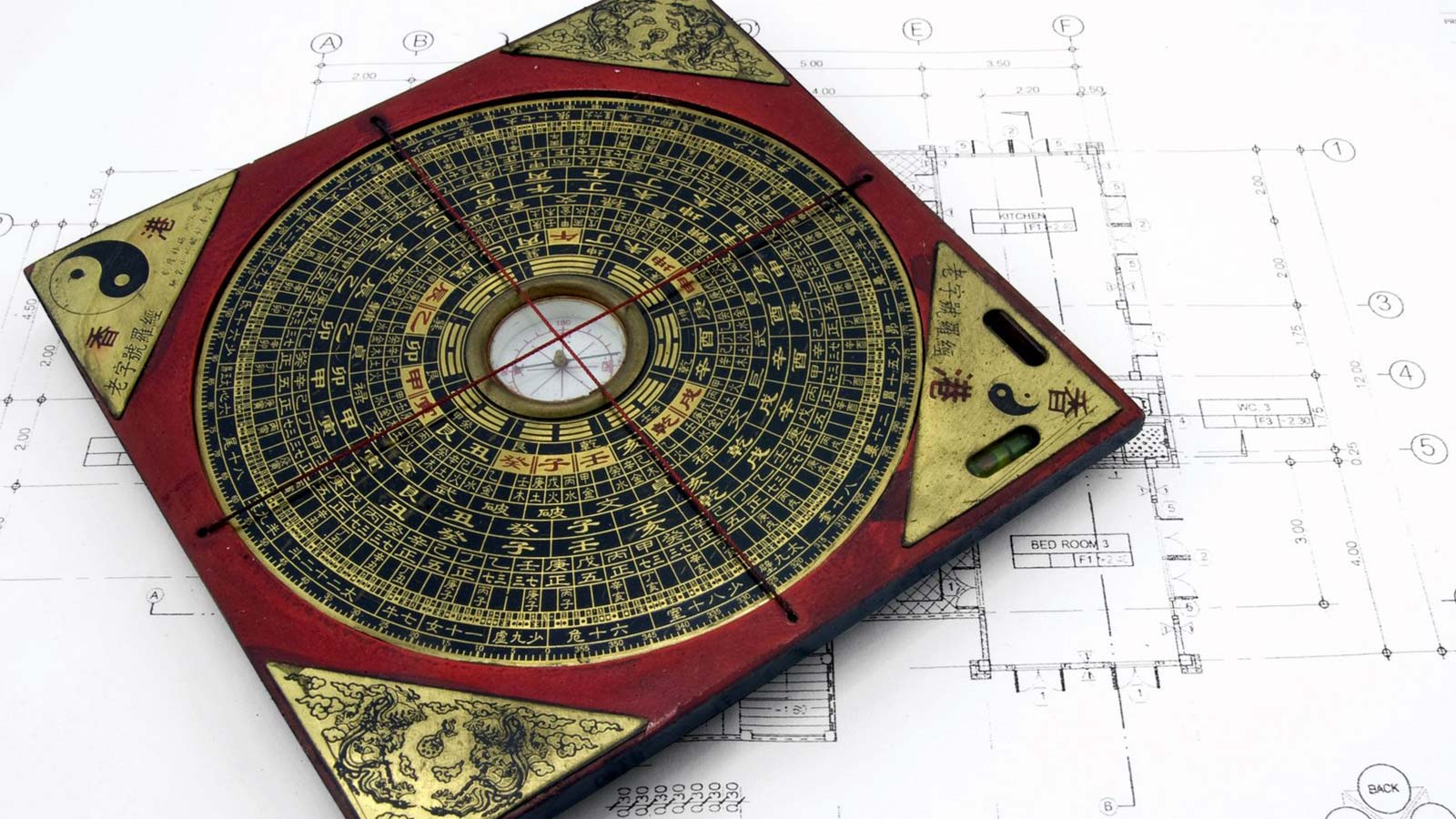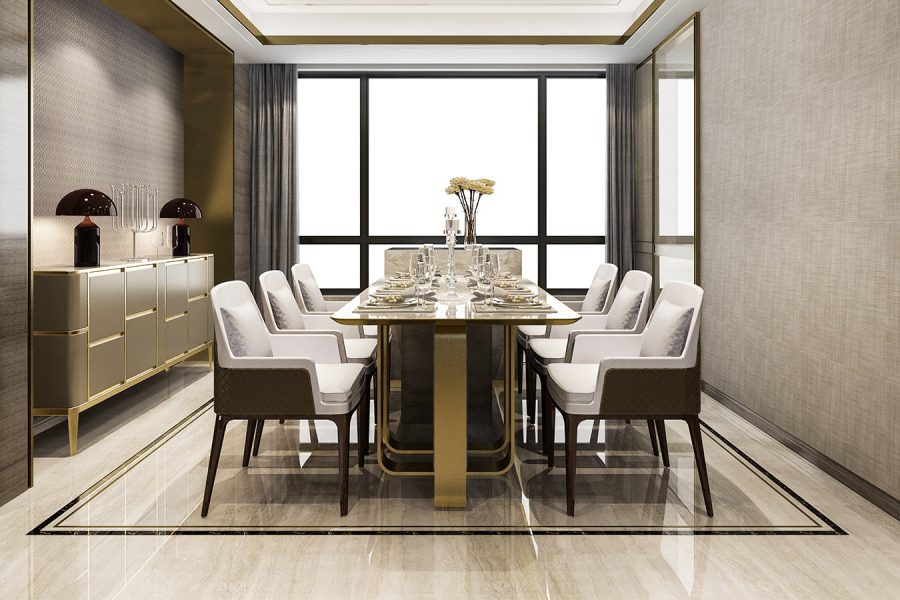Feng shui design is an ancient Chinese practice that has been used for centuries to promote balance and harmony in living spaces. The word “feng” means wind, and “shui” means water – two elements that are associated with good health and fortune in Chinese culture. The principles of feng shui design are based on the idea that the placement of objects in a space can affect the flow of energy, or “chi,” and that a well-designed space can promote good health, happiness, and overall well-being.
The practice of feng shui design involves arranging furniture, décor, and other objects in a way that promotes the free flow of chi. This includes paying attention to the placement of objects, colors, and textures, as well as the incorporation of natural elements like plants and water features. The goal of feng shui design is to create a space that feels welcoming and harmonious, and that promotes positive energy.
Some of the key principles of feng shui design include the use of a “commanding position,” which means placing furniture and décor in a way that allows you to see the entrance to the room, but not be directly in line with it. Additionally, feng shui design recommends minimizing clutter and ensuring that all objects in a space serve a purpose and are placed intentionally.
Overall, feng shui design is a holistic approach to interior design that can have a positive impact on both the physical and emotional well-being of those who inhabit a space.







